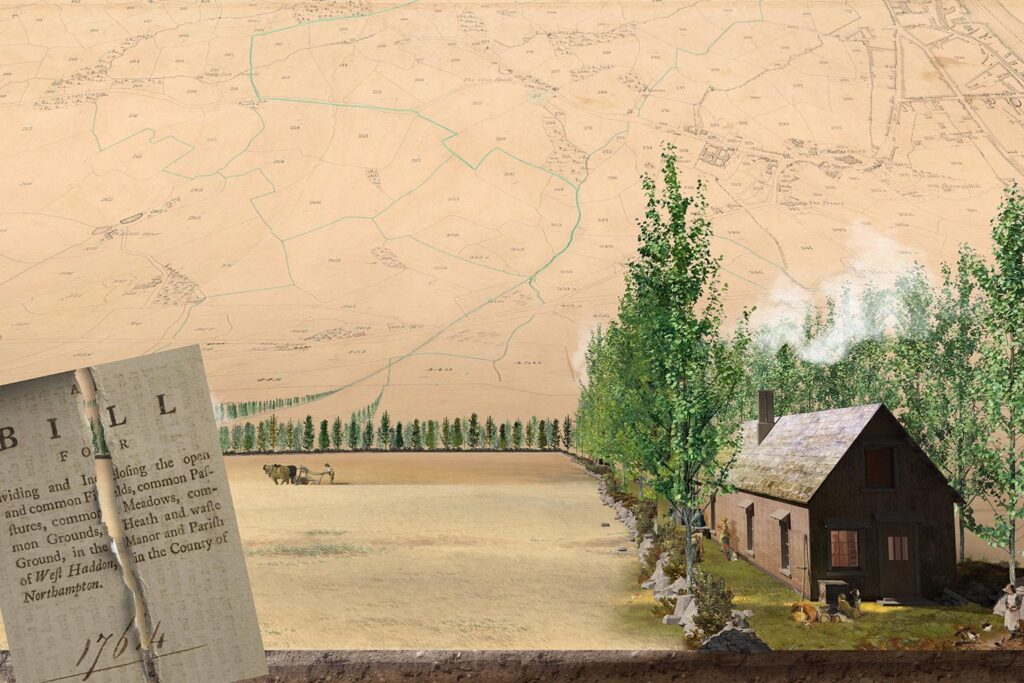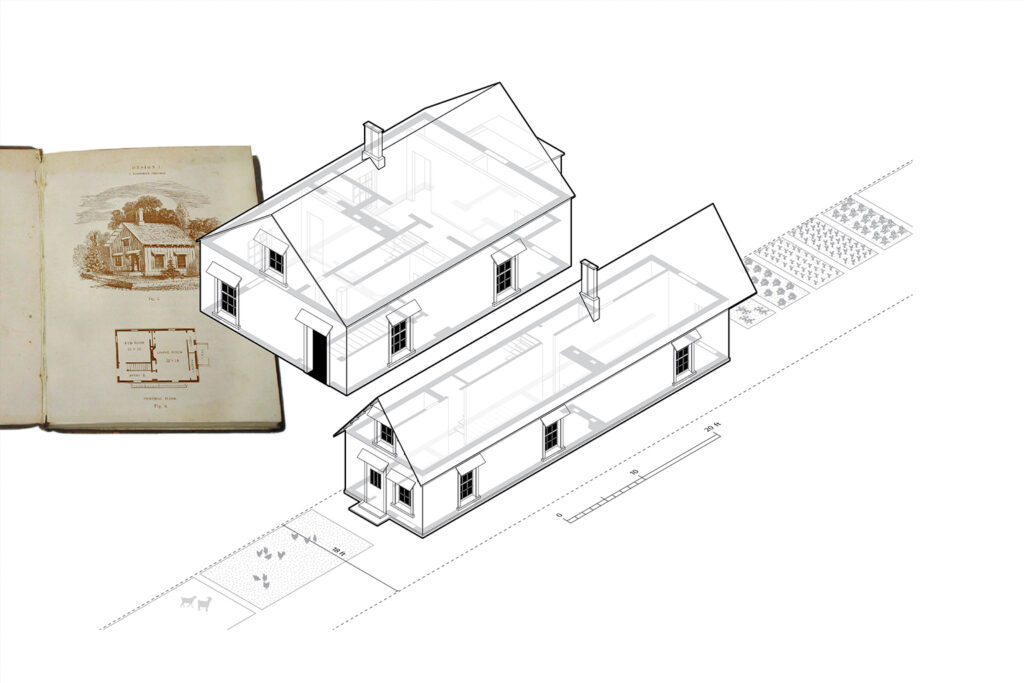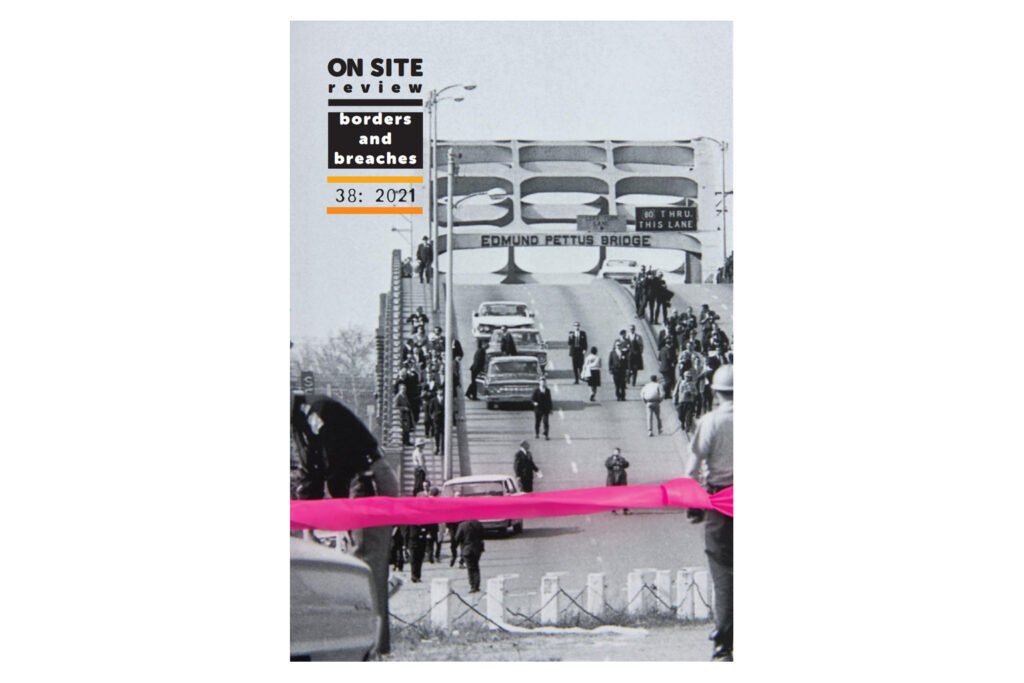
Assistant Professor Fionn Byrne has added an article to the journal On Site review. The current issue, “borders and breaches,” sought work that investigates the often-invisible presence of borders which become matters of concern only when they are crossed, transgressed, or disrupted. The diverse set of responses in the issue include contribution which prefigure borders through multiple scales, from national boundaries, to territorial edges, and from neighbourhood limits, to bodily membranes. On Site review is edited by Stephanie White and published by Field Notes Press.

Byrne’s contribution, a collaboration with recent SALA graduate Jiahui Huang and Diana Guo, imagines an alternative history of mid-eighteenth-century England, where acts of enclosure are not followed by the disappearance of the commons. Instead, the visual essay explores a model of land organization that projects a shared private space on a newly emerging capitalist economy. Of course, the commons of the eighteenth century was neither private nor public space, despite expressing characteristics of both. Resources of the commons were shared between families, as in the public sphere, however, the space was also beyond the control of the nascent capitalist economy, as in the private sphere. From a safe distance, the article imagines the existence of an alternative commons that avoided land parcellation, which leads to pondering ways of living on unowned and un-zoned land with indeterminate usage.

You can read the full article online from onsitereview.ca or find out more on Fionn’s website.